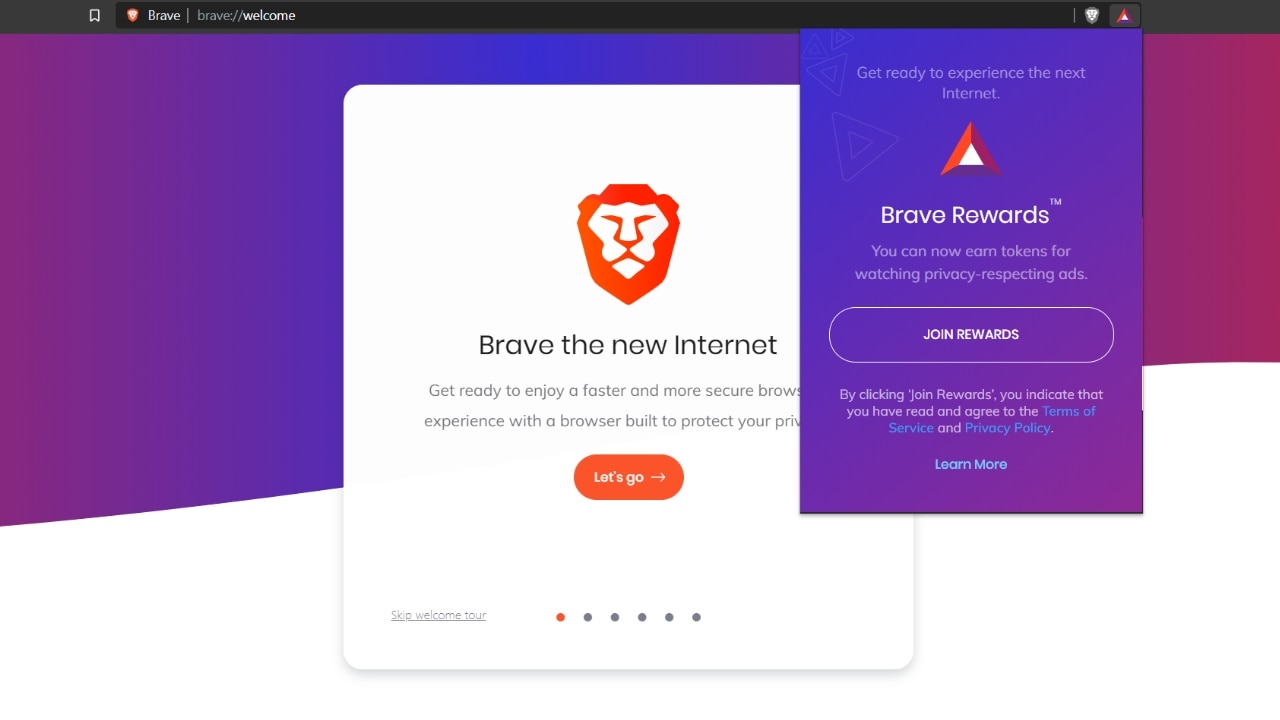


Going beyond that, it also uses cloud-based machine learning to identify trackers that slipped through the net, in addition to browser-based heuristics.īrave Shields also forces sites to use HTTPS, where both an encrypted and unencrypted option is available. This feature is turned on by default, although users can easily de-activate it should it cause websites to break.Īs you might expect, Brave blocks trackers based on whether they appear in several public blocklists. Its primary mechanism for delivering this is something called Brave Shields, which combines traditional tracker-blocking technology, paired with several under-the-hood browser configuration tweaks. The Brave browser is characterized by an unapologetically pathological focus on user privacy. Brave is also compatible with Chrome extensions. Like Edge, Chrome, and Opera, it’s built upon the Blink rendering engine, which means webpages should work as you expect. Brian Bondy is also ex-Mozilla, and spent time at education startup Khan Academy.īeyond that, Brave is a reasonably standard browser. He also briefly served as the foundation’s CEO before resigning following a bitter controversy over his political donations. It’s an undeniably radical vision, but you wouldn’t expect any less, given its founding team.īrendan Eich is the inventor of the JavaScript programming language and co-founded the Mozilla Foundation, which created the popular Firefox web browser. It also came with its own cryptocurrency, called BAT (or Basic Attention Token), allowing users to reimburse the sites and creators they like.Įssentially, Brave wants to re-imagine how the Internet works: not just on a usability level, but on an economic level.

By the decade’s halfway point, millions of people were blocking ads online across all browsers, desktop, and mobile.īrave was one of the first browsers to include built advertisement and tracker blockers, leapfrogging the likes of Opera.

Second, ad-blocking technology entered the mainstream. Companies and individuals alike-like the pseudonymous Satoshi Nakamoto-were creating their own decentralized cryptocurrencies, which quickly reached billion-dollar market capitalizations. That said, Eich and Bondy think it’s got some pretty significant downsides, citing the potentially privacy-harming nature of advertising trackers, as well as the negative impact it has on the overall user experience.īrave’s first release came about amidst two significant trends, which ultimately defined the new browser.įirst, the cryptocurrency revolution was in full swing. Advertising is the fuel that powers the modern internet, allowing websites and digital creatives to monetize their content without charging users for each article read or every video watched.


 0 kommentar(er)
0 kommentar(er)
